On top of Cerro Pachón, a 2,682-meter-high mountain about 482 kilometers north of Chile's capital Santiago, the Vera Rubin Observatory's new telescope is about to start up.
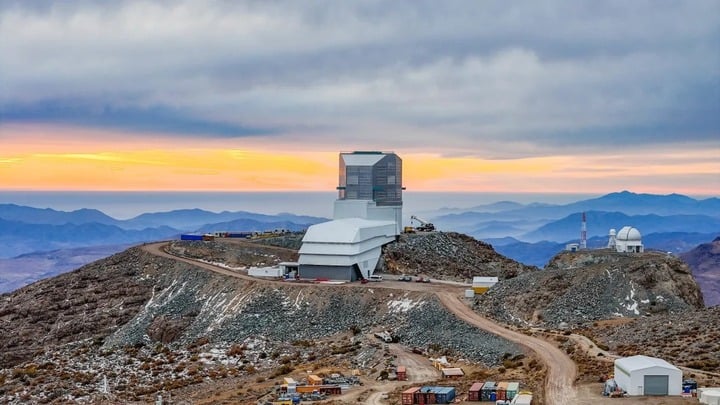
The Vera Rubin Observatory under construction on top of Cerro Pachón, Chile. (Photo: SLAC)
Dubbed the world's largest digital camera, the telescope's camera has a resolution of 3,200 megapixels, equivalent to the number of pixels of 300 mobile phones, and each photo will cover an area of the sky as large as 40 full moons.
Every three nights, the telescope photographs the entire visible sky, creating thousands of images that allow astronomers to track anything that moves or changes in brightness. The Vera Rubin Observatory expects to discover some 17 billion stars and 20 billion galaxies that people on Earth have never seen before.
“There are so many things that the Rubin mission will do,” said observatory astronomer Clare Higgs. “We are exploring the sky in ways we have never done before, giving us the ability to answer questions we have never thought of before.”
The telescope will survey the night sky for exactly a decade, taking 1,000 images each night. “In 10 years’ time, we’re talking about new areas of science, new classes of objects, new discoveries. That’s really exciting,” Higgs added.
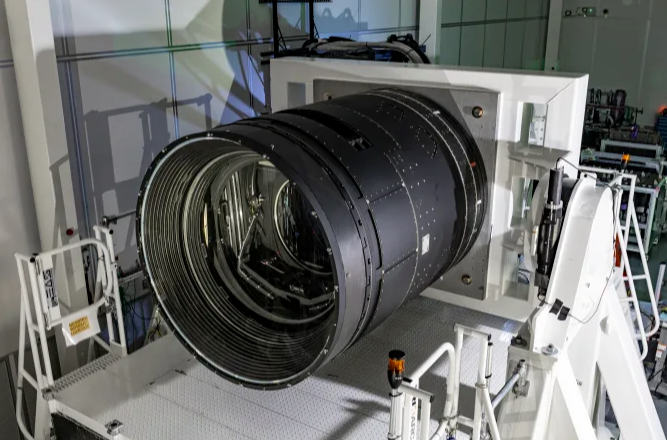
Inside the Rubin telescope is the world's largest camera, the size of a small car, weighing 3,000 kg with a resolution of 3,200 megapixels. (Photo: SLAC)
The switch is ready to turn on.
Construction began in 2015 and the telescope is named after pioneering American astronomer Vera Rubin, who died in 2016. Rubin was the first to confirm the existence of dark matter – an elusive substance that makes up most of the matter in the universe but has never been observed.
Although Vera Rubin is a US national observatory, it is located in the Chilean Andes. “For optical telescopes, you need a high, dark, dry location,” Higgs said, referring to the problems of light pollution and air humidity, which reduce the sensitivity of the instruments. “The quality of the night sky in Chile is exceptional, which is why there are so many telescopes here.”
Currently in the final stages of construction, the Rubin telescope is expected to be switched on in 2025. “We’re aligning everything, making sure all the systems, from the top to the pipes and data, are connected as smoothly and optimized as possible. It’s all been prepared for a decade ,” Higgs said, noting that the schedule could still change.
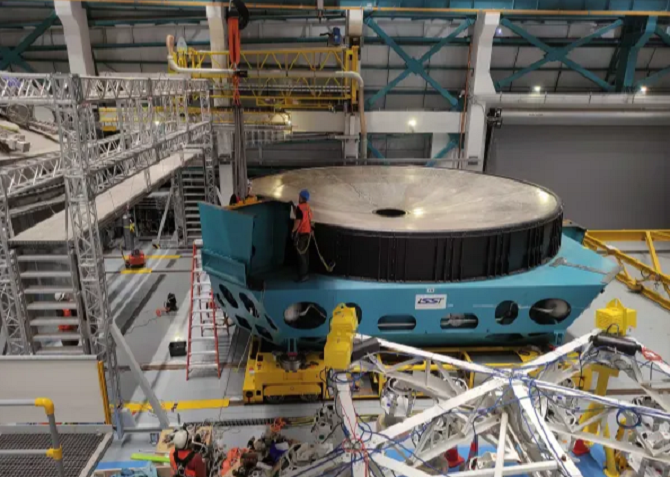
The telescope's primary mirror has a diameter of 8.4 m. (Photo: SLAC)
Decoding the long-standing mystery of the universe
The Rubin telescope's primary mission is called the Legacy Survey of Space and Time (LSST) for 10 years.
Rubin's camera can take a picture every 30 seconds, generating 20 terabytes of data in 24 hours. Once complete, the survey will have generated more than 60 million gigabytes of raw data.
However, it takes just 60 seconds to transfer each photo from Chile to a research lab in California (USA), where artificial intelligence and algorithms will analyze it first, looking for any changes or moving objects and generating an alert if something is detected.
“We expect to see around 10 million alerts a night from the telescope,” said Higgs. “Alerts are anything that changes in the sky and include a lot of science, like solar system objects, asteroids and supernovae. We expect there to be millions of stars in the solar system and billions of galaxies, which is why machine learning is really needed.”
The data will be released to a select group of astronomers each year, and after two years each dataset will be made public for the global scientific community to study, Higgs said.
There are four main areas of research that scientists are looking forward to: cataloguing the solar system — including discovering several new celestial bodies and perhaps a hidden planet called Planet Nine; mapping Earth's entire galaxy; discovering a special class of objects called "transient objects" that can change position or brightness over time; and understanding the nature of dark matter.
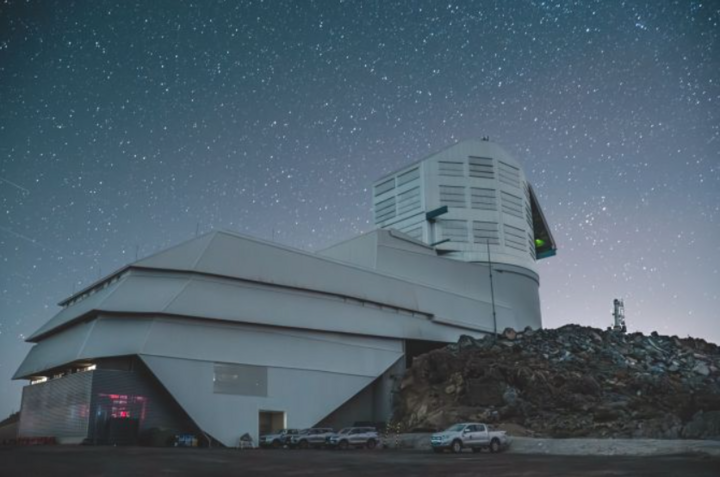
The Rubin Observatory's telescope is expected to be able to decipher the deep mysteries of the universe. (Photo: SLAC)
The astronomy community is excited about the Vera Rubin Observatory. David Kaiser, professor of physics and history of science at the Massachusetts Institute of Technology (USA), said that the telescope will shed light on long-standing questions about dark matter and dark energy - two of the most mysterious concepts in the universe.
Another long-standing cosmic puzzle that the Rubin telescope could solve is the hunt for Planet Nine. Konstantin Batygin, a professor of planetary science at the California Institute of Technology, said the telescope offers a real chance of directly detecting Planet Nine. Even if the planet cannot be observed directly, detailed maps of the dynamical architecture of the solar system — especially the distribution of orbits of small bodies — would provide important tests for the Planet Nine hypothesis.
“The prospects are exciting and certainly revolutionizing space science,” said Priyamvada Natarajan, professor of astronomy and physics at Yale University, praising the Rubin telescope.
Source



![[Photo] National Assembly Chairman works with leaders of Can Tho city, Hau Giang and Soc Trang provinces](https://vphoto.vietnam.vn/thumb/1200x675/vietnam/resource/IMAGE/2025/5/11/c40b0aead4bd43c8ba1f48d2de40720e)
![[Photo] Prime Minister Pham Minh Chinh chairs the fourth meeting of the Steering Committee for Eliminating Temporary and Dilapidated Houses](https://vphoto.vietnam.vn/thumb/1200x675/vietnam/resource/IMAGE/2025/5/11/e64c18fd03984747ba213053c9bf5c5a)
![[Photo] The moment Harry Kane lifted the Bundesliga trophy for the first time](https://vphoto.vietnam.vn/thumb/1200x675/vietnam/resource/IMAGE/2025/5/11/68e4a433c079457b9e84dd4b9fa694fe)
![[Photo] Discover the beautiful scenery of Wulingyuan in Zhangjiajie, China](https://vphoto.vietnam.vn/thumb/1200x675/vietnam/resource/IMAGE/2025/5/11/1207318fb0b0467fb0f5ea4869da5517)





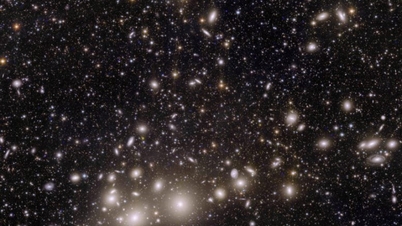

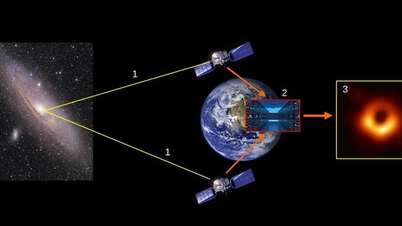
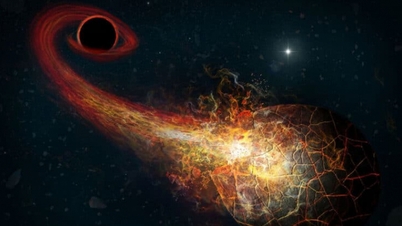
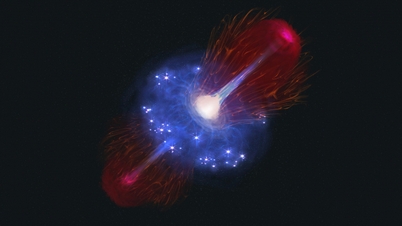














































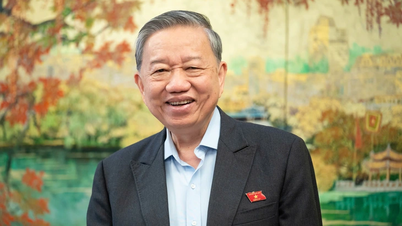




















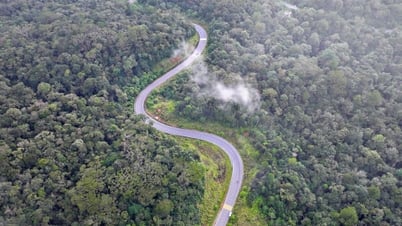














Comment (0)